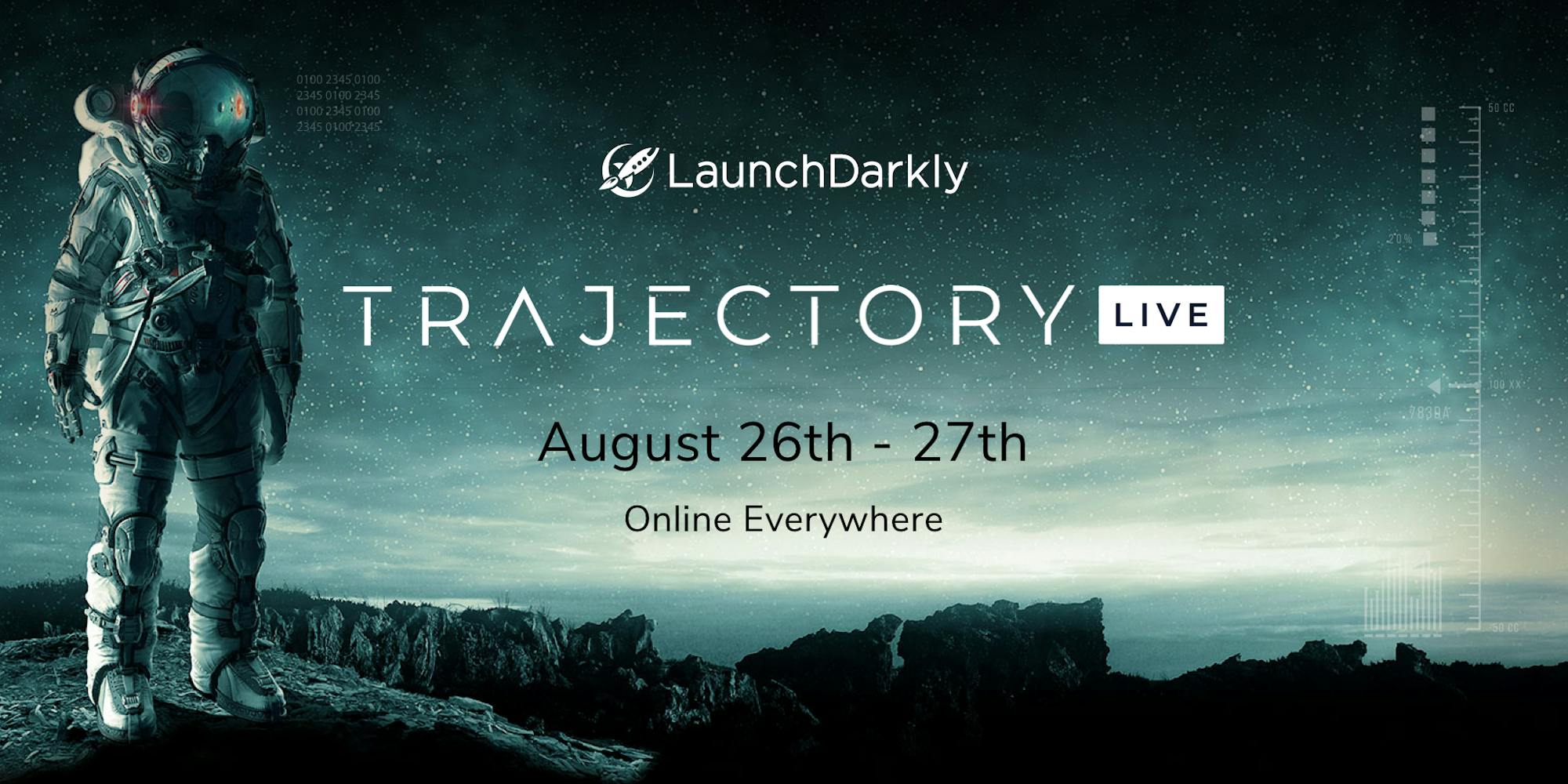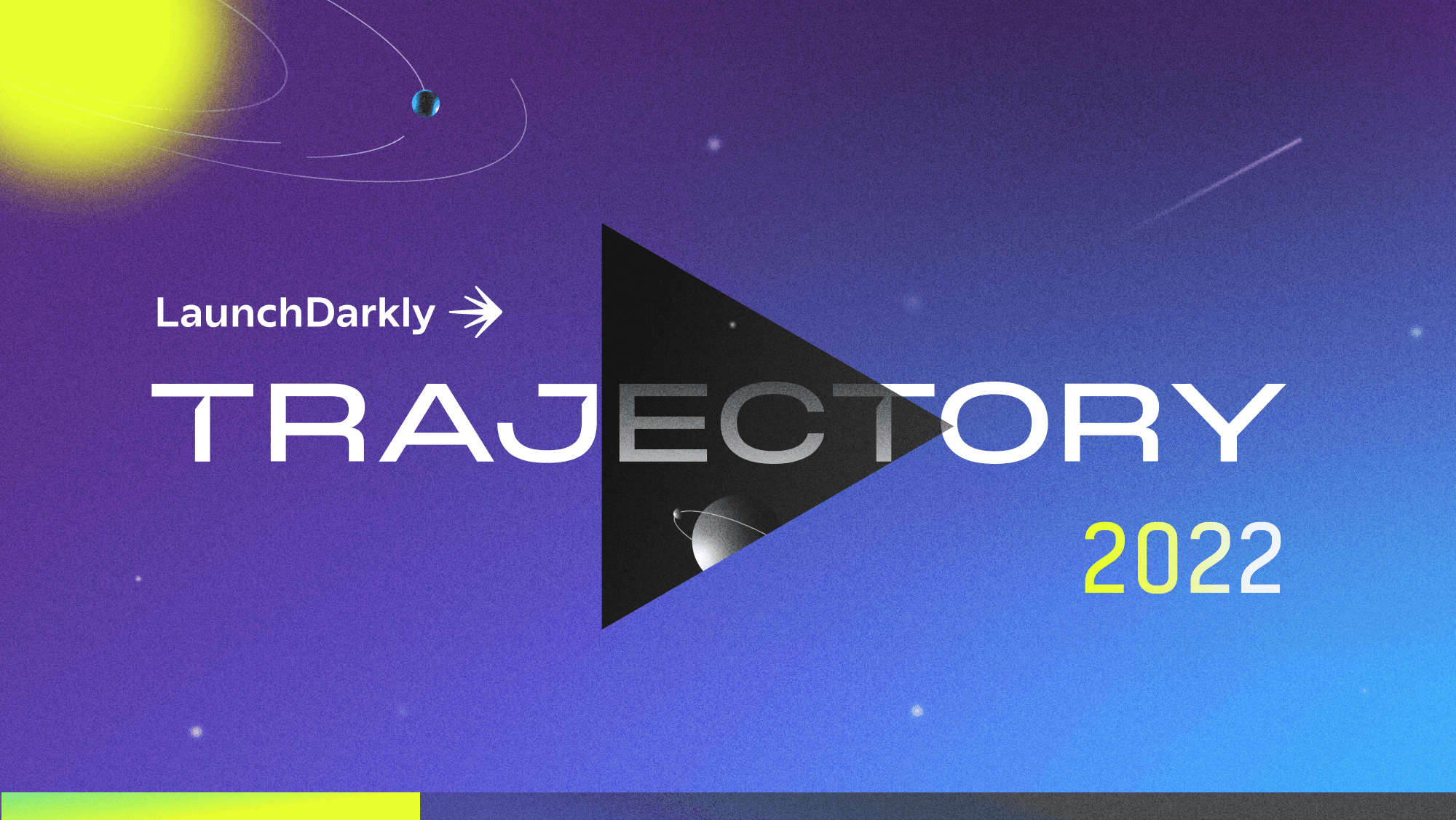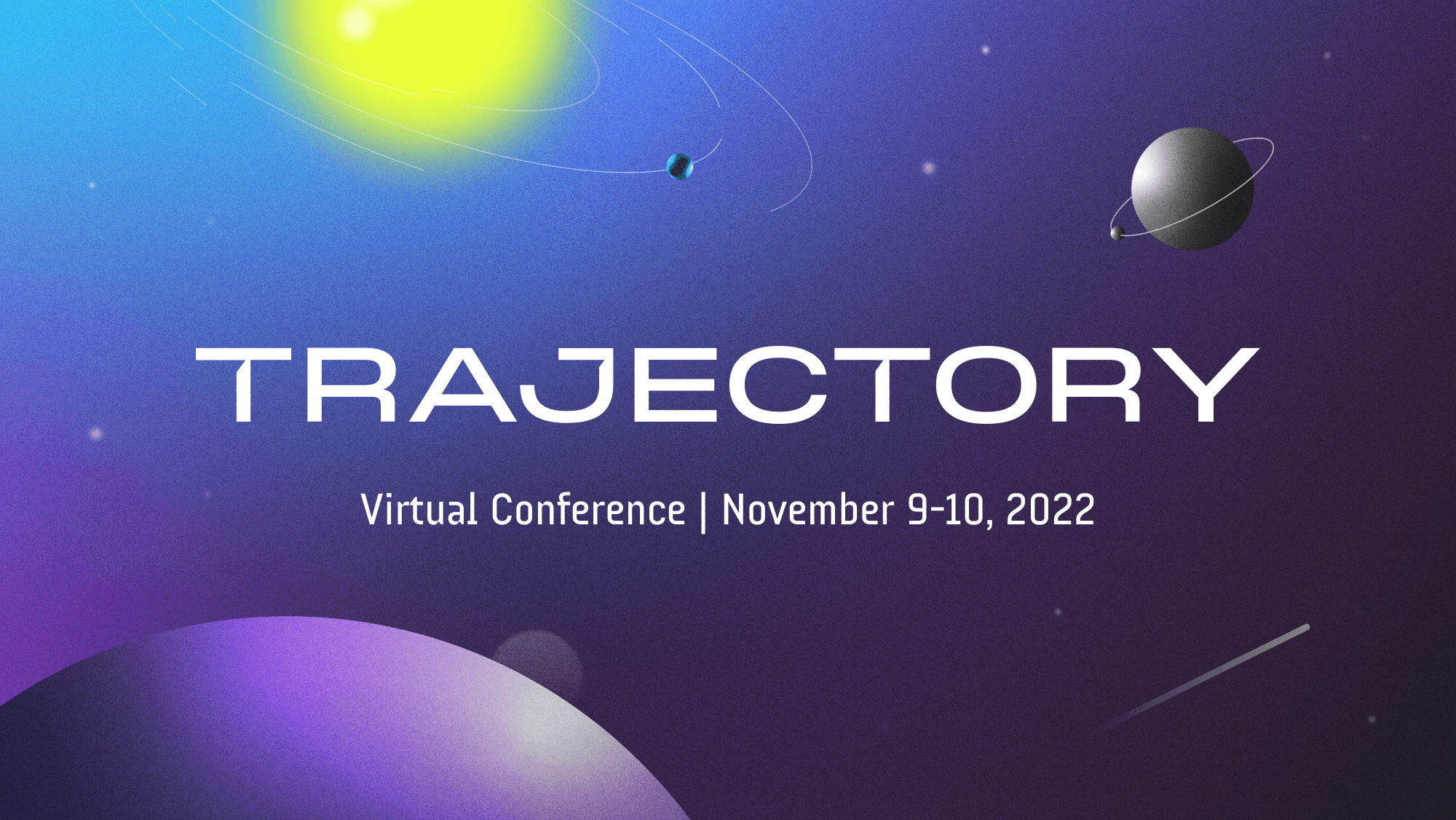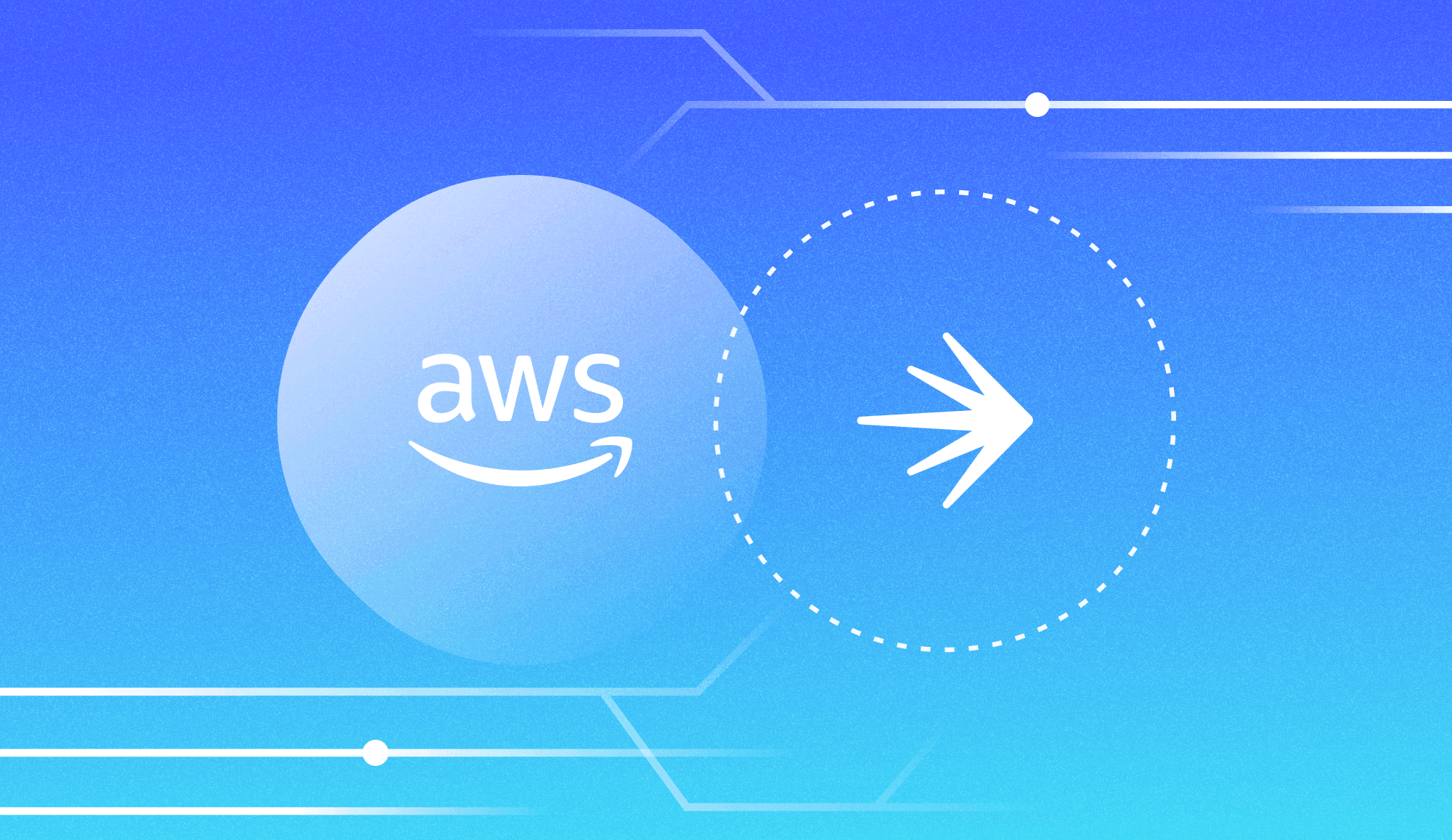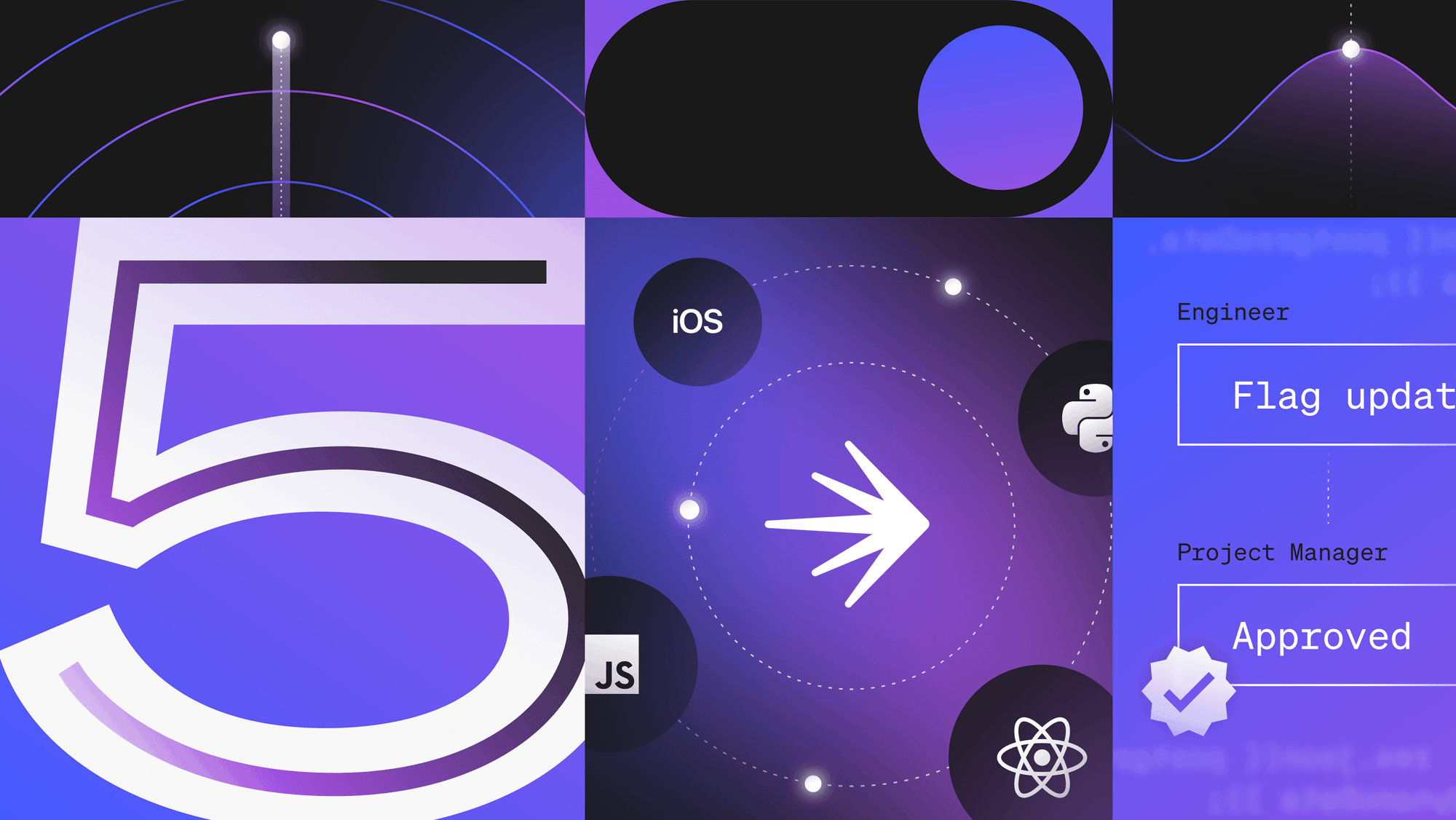This was our second year of Trajectory, and although we hoped to have it in-person, we ended up streaming it live online. In some ways that was an advantage, as we had far more attendees than we could have accommodated in Oakland. People from all over the world were able to participate in live Q&A sessions with our speakers, network with other attendees, and interact with sponsors in virtual booths.
Last year themes covered included testing in production, process, and bias. This year we found ourselves taking those conversations a step further–speakers focused on using learnings and knowledge in real time, scaling systems, trends within the industry, and maintaining perspective over who we build for as well as who is a part of building.
Learn Fast, Fail Smart
There were several talks around increasing the speed at which your organization can test, experiment, and break things on purpose. Multiple speakers showed how important it is that you can achieve rapid learning safely, with guardrails and good failover plans.
Learning Quickly, Safely
- Ana Margarita Medina, Chaos Engineer at Gremlin, shared the core concepts of chaos engineering, including making sure that your blast radius is well-constrained.
- Maxwell Gerber, Software Engineer at Mulesoft, showed how to use feature flags for service protection and other buffers against excessive traffic.
- Liz Fong-Jones, Developer Advocate, and Danyel Fisher, Principal Design Researcher, described how their team at Honeycomb quarantines “weird-looking” traffic to investigate it more fully with Honeycomb.
Putting up Guardrails
- Kate Green, Software Engineer at Till, brought us some great hand-drawn slides to describe how testing in a Continuous Delivery is different, and blurred the lines between “testing” and “monitoring” in an interesting way.
- LaunchDarkly Solutions Engineer, Simon Herron, talked about how to build a valid test that actually looks at what you want to know.
- Michael Gillett, Solutions Architect at Win Technologies, expanded our understanding of what a good hypothesis is, and how we can construct one. Michael also wowed the crowd by showing how Betway eliminated lower environments using feature fags.
Failover Plans
- Our observability power hour started with Austin Parker, Principal Developer Advocate at Lightstep, pointing out that observability and feature flags go together like ice cream and apple pie.
- If a flag is captured in your observability tool as a marker, you can see the moment the flag starts to change things. Spans are a unit of user experience in observability, and can get instrumented more and more deeply to reflect how software behaves for users.
- Danyel Fisher and Liz Fong-Jones from Honeycomb took us through a real-life example of how they use LaunchDarkly feature flags to make Honeycomb even more perceptive and powerful.
Scaling Systems Gracefully
Teams across industries from software to salad bars need to scale their services up and down to meet current customer needs reliably and economically. Several of the Trajectory talks touched on scaling opportunities.
- LaunchDarkly Software Engineer Vatasha White shared the back-end improvements recently made to enable enormous scale (6 trillion flag evaluations a day!) and improved response times around the world.
- Hassan Saab, Software Engineer from Sweetgreen, talked about how his team used targeted delivery to roll out their new delivery platform with less risk and more reward.
- At Rollbar, VP of Engineering Francesco Crippa is building a self-healing system to react to problems using feature flags instead of needing manual intervention.
- The team at Xero started their feature-flagging transformation from a homegrown system by starting with a tightly-defined proof of concept and using it to demonstrate the advantages of a new tool without disrupting payroll across their system.
- Josh Barr, Lead Portfolio Architect for Ecosystem, shared how they took their mean time to recovery from hours to under a second enabled them to do many more deployments.
Everything Is Different, So What Comes Next?
As the world continues to change dramatically, it can be difficult to know what comes next. But no matter, user expectations continue to grow-people everywhere have come to expect fast, reliable services. Some speakers shared how teams can better adapt in uncertain times.
“The future is already here, it's just not evenly distributed.” - William Gibson @crippafrancesco @rollbar #TrajectoryLIVE— Trajectory LIVE (@trajectoryconf) August 26, 2020
Automating Workflows
- Rollbar is working to build autonomous self-healing systems, allowing teams to react and recover faster, hopefully before users even notice.
- LaunchDarkly Developer Advocate Rich Manalang shared how important it is for systems to be better connected, and how LaunchDarkly is making it easier for teams to create integrations that allow for seamless workflows.
- Paula Goyanes, Software Engineer at LaunchDarkly, discussed how important it is to empower better collaboration between developers and business teams, without compromising safety and compliance.
Progressively Delivering the Future
- James Governor and Adam Zimman joined us from their respective back porches to share the origins of Progressive Delivery and expand on the trajectory of feature management.
- One exciting topic addressed was future support for large segments. Large segment support will enable LaunchDarkly customers to support individual users setting their own flags, without significant performance impact. Imagine being able to empower users to choose their own accessibility settings, fonts, or dark mode preferences–or even allowing them to control which features are a part of their experience.
- Possibly the toughest question they got is “If LaunchDarkly is serving 6 trillion flags a day, what number comes after trillions?” Adam, a physics major, reached for scientific notation… But the actual answer is quadrillions.
Keeping Perspective, Remembering the Wider World
And though Trajectory Live is a tech conference focused on software development practices, there was a significant amount of time devoted to talking about the people part of our systems and processes.
Empathy
- Dr. Gautham Pallapa, Global CTO of Business Transformation at VMWare, reminded us all how difficult change is–organizations can grow and transform, but it takes work.
- Empathy helps us break silos, create safe environments, promotes transparency and trust, boosts innovation, and makes a learning environment possible.
- And when we think about collaboration, we need to accept that our teams are distributed in time or space. Tools need to be realtime, persistent, reliable, and not painful to use.
Collaboration
- In the keynote, Emily Freeman, Senior Cloud Advocate at Microsoft, expanded our number horizons by talking about the invention of zero. It was only possible because of the context and cultural influences that made that kind of leap possible.
- The idea then moved back and forth across the globe, being improved and becoming more useful. Zero was not a work of solitary genius, but an iterative process.
- Emily pointed out the cultural influences and psychological safety of our teams changes how we work and the kinds of work we can do.
- Multiple speakers shared the results of Margaret Heffernan's TED talk on super chickens and team work. Putting all the best performing (10x) chickens in a group did not lead to a more productive group, because they had too much conflict, and the group suffered.
- Emily encouraged us to think about building teams without super chickens, and making space for people to be innovative.
Diversity in Experience
- Jason Jones, Software Engineer and Instructor at The Last Mile Foundation, shared how The Last Mile provides incarcerated and formerly-incarcerated people with classes in Javascript and programming skills, and then helps place graduates with jobs in tech.
- Overall, California has a 60% recidivism rate, but graduates of The Last Mile have a 0% rate. Results like those change individual lives, and change our systems for the better.
- Jason pointed out that frequently when we talk about team diversity, it is only the diversity that shows up in a team photo, and doesn't represent different lived experiences. If we want our products to work for a variety of people, we need to hire a variety of people to build them.
- If you would like to learn more about The Last Mile or contribute to their work, you can find information here.
Catch the Replay
All talks and Q&A sessions were recorded and are now available online. If you're interested in more resources on feature flags, Progressive Delivery, or how our customers use LaunchDarkly, you can reach out to our team or sign up to receive our newsletter (just a short scroll down, at the bottom of this page).











